LiquidVR™ provides a Direct3D® 11 based interface for applications to get access to certain GPU features, regardless of whether a VR device is installed on a system.
Download the latest version - v1.0.3.20
This release adds the following features:
- Async Compute : Provides in D3D11 a subset of functionality similar to async-compute functionality in D3D12.
- Multi-GPU Affinity : Provides explicit multi-GPU control via ability to send D3D11 API calls to one or more GPUs via an affinity mask.
- Late-Latch : Provides ability to reduce input or tracking latency by reading constant data updated by the CPU after the original D3D11 calls.
- GPU-to-GPU Resource Copies : Provides ability to copy resources between GPUs with explicit control over synchronization.
Benefits
LiquidVR™ provides a Direct3D® 11 based interface for applications to get access to the following GPU features regardless of whether a VR device is installed on a system:
- TrueAudio Next: is a scalable AMD technology that enables full real-time dynamic physics-based audio acoustics rendering. Leveraging the powerful resources of AMD GPU Compute, it enables the truly immersive audio required to achieve full presence in VR.
- Asynchronous Shaders: Provides a subset of the async compute functionality native to Direct3D® 12 in Direct3D® 11. Helps to increase performance and decrease latency.
- Affinity Multi-GPU: Provides the ability to send Direct3D® 11 API calls to one or more GPUs set via an affinity mask.
- Latest Data Latch: Provides the ability to update data asynchronously from the CPU to reduce input or sensor latency.
- Direct-to-Display: Bypasses the operating system and sends the result of VR rendering straight to the headset for lower latency and better compatibility. This LiquidVR™ functionality is exposed in a special SDK targeted at headset vendors, and is not application-accessible.
- GPU-to-GPU Resource Copies: Provides ability to copy resources between GPUs with explicit control over synchronization.
- Motion Estimation: Calculates the motion estimation generated from two surface frames. Motion estimation works on specific GPUs and can be used for ASW.
- Vulkan® Interoperability: Provides conversion for buffers, surfaces and semaphores.
The LiquidVR™ run-time is automatically installed by the current AMD drivers. All that is needed for usage in an application is the LiquidVR.h header file, which is included in the LiquidVR™ SDK on GitHub. Download the White Paper to read a quick start guide which describes how to integrate LiquidVR™ into an application.
Requirements
- AMD Radeon™ GCN-based GPU (R9 390 or better recommended)
- Windows® 7 or newer
Related to LiquidVR™
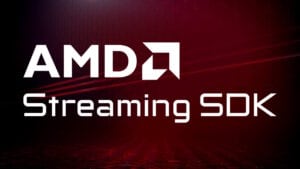
AMD Advanced Interactive Streaming SDK
The AMD Interactive Streaming SDK provides developers with a set of building blocks and samples that allow to easily create custom low-latency streaming solutions for cloud gaming, VDI, and embedded applications using AMD GPUs.
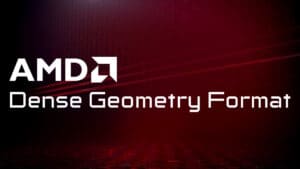
Dense Geometry Compression Format SDK
Dense Geometry Compression Format (DGF) is our block-based geometry compression technology. It is a hardware-friendly format, supported by future GPU architectures.
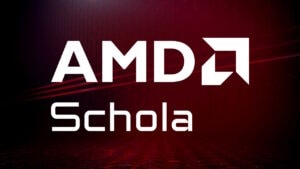
AMD Schola
AMD Schola is a library for developing reinforcement learning (RL) agents in Unreal Engine and training with your favorite python-based RL Frameworks.
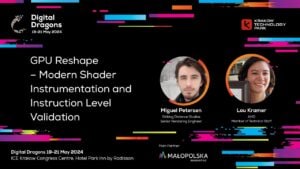
GPU Reshape – Modern Shader Instrumentation and Instruction Level Validation (Digital Dragons 2024) – YouTube link
GPU Reshape is, a just-in-time instrumentation framework with instruction level validation of shaders. A deep dive into current validation methodologies, and what the future of instrumentation may hold.

Mesh Shaders – Learning Through Examples (Digital Dragons 2024) – YouTube link
Learn about the new Mesh Shader pipeline which can help to create even more better-looking games.

AMD Radeon™ Anti-Lag 2
AMD Radeon™ Anti-Lag 2 reduces the system latency by applying frame alignment between the CPU and GPU jobs.
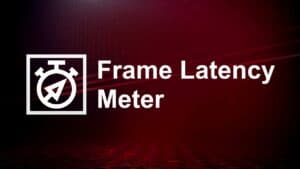
Frame Latency Meter
Frame Latency Meter measurement tool is a must-have for anyone who wants to measure the response time of their games with mouse events.

AMD FidelityFX™ Brixelizer/GI
AMD FidelityFX™ Brixelizer GI is compute-based real-time dynamic global illumination solution built upon sparse distance fields.

AMD FidelityFX™ Breadcrumbs library
AMD FidelityFX Breadcrumbs library uses the breadcrumbs marker technique to track down where your submitted commands cause a GPU crash.
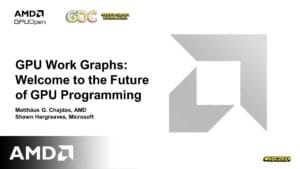
GDC 2024 – GPU Work Graphs: Welcome to the Future of GPU Programming – YouTube link
This talk by Matthäus Chajdas gives a first look at this brand new API and shows how it’s going to transform the GPU programming landscape going forward.
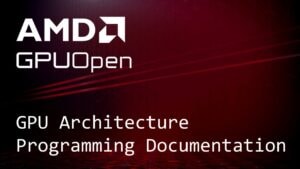
AMD GPU architecture programming documentation
A repository of AMD Instruction Set Architecture (ISA) and Micro Engine Scheduler (MES) firmware documentation
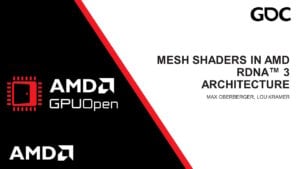
GDC 2024 – Mesh Shaders in AMD RDNA™ 3 Architecture – YouTube link
This talk describes the mesh shader pipeline and how it maps to the AMD RDNA™ 3 architecture.
Our other SDKs

The AMD Interactive Streaming SDK provides developers with a set of building blocks and samples that allow to easily create custom low-latency streaming solutions for cloud gaming, VDI, and embedded applications using AMD GPUs.

Dense Geometry Compression Format (DGF) is our block-based geometry compression technology. It is a hardware-friendly format, supported by future GPU architectures.

AMD Schola is a library for developing reinforcement learning (RL) agents in Unreal Engine and training with your favorite python-based RL Frameworks.

AMD Radeon™ Anti-Lag 2 reduces the system latency by applying frame alignment between the CPU and GPU jobs.
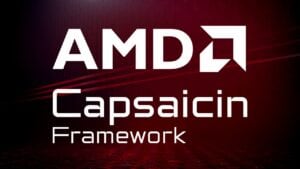
Capsaicin is a Direct3D12 framework for real-time graphics research which implements the GI-1.0 technique and a reference path-tracer.
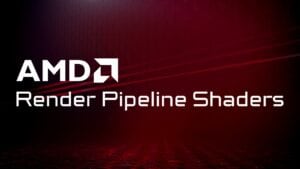
The Render Pipeline Shaders (RPS) SDK provides a framework for graphics engines to use Render Graphs with explicit APIs.
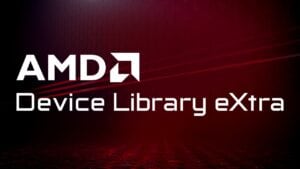
ADLX is a modern library designed to access features and functionality of AMD systems such as Display, 3D graphics, Performance Monitoring, GPU Tuning, and more.
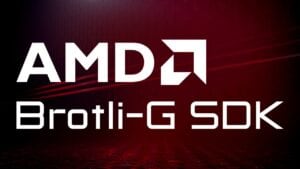
Brotli-G is an open-source compression/decompression standard for digital assets (based on Brotli) that is compatible with GPU hardware.
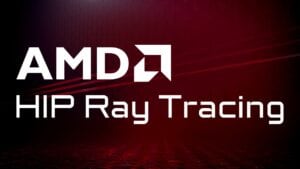
HIP RT is a ray tracing library for HIP, making it easy to write ray tracing applications in HIP.
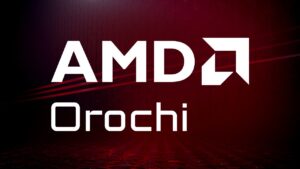
Orochi is a library which loads HIP and CUDA® APIs dynamically, allowing the user to switch APIs at runtime.
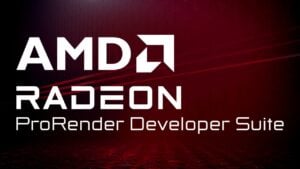
AMD Radeon™ ProRender is our fast, easy, and incredible physically-based rendering engine built on industry standards that enables accelerated rendering on virtually any GPU, any CPU, and any OS in over a dozen leading digital content creation and CAD applications.
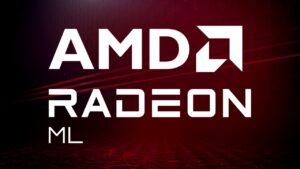
Radeon™ Machine Learning (Radeon™ ML or RML) is an AMD SDK for high-performance deep learning inference on GPUs.

